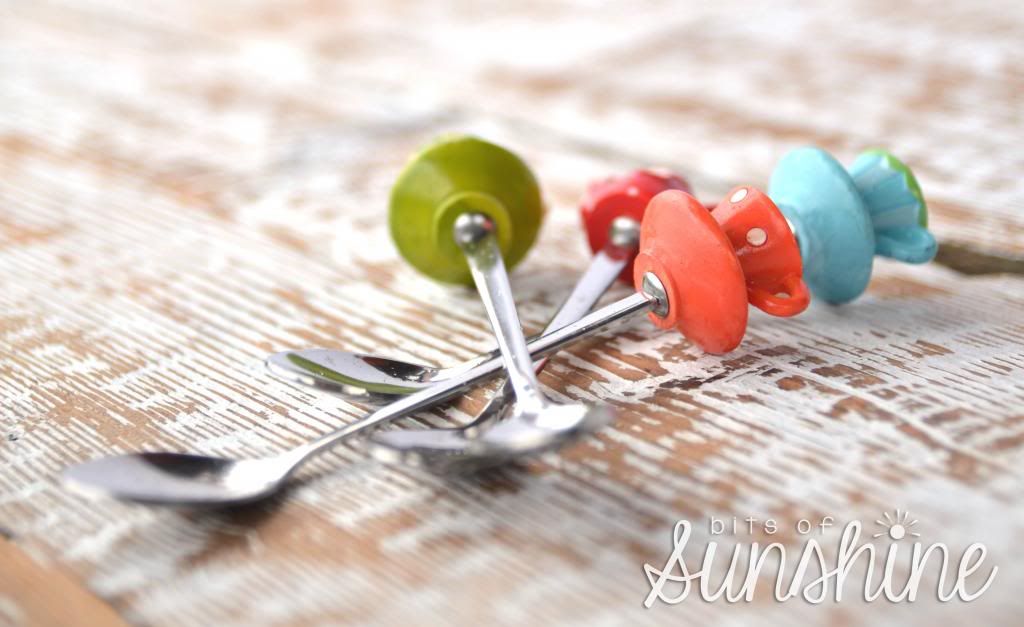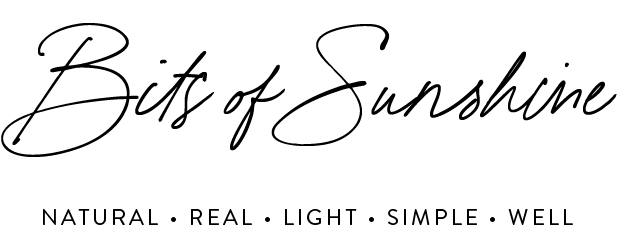I am going to say from the very beginning, this whole series is based on
my own experience. I am, by no means a professional when comes to all the technical jargon, nor have I been
on any photography courses. All that I have shared, and plan to share, is based on my own experience. Just letting you know! :)
If you missed last weeks edition, it was pretty much just an introduction along with a photography challenge. For those if you who asked, I promise I will get to shooting in manual later in the series and I will try and explain it all in easy-to-understand terms, so keep your eyes peeled for that one!
Lenses! So what's the big deal?
Well, actually - they are a big deal. In some cases they are more of a big deal then the body they are attached to. I know - I sound all high and mighty saying that, like I am some type of expert! I am SO not! Really! SO - having said that, all I am going to write in this post, is the little I know about the lenses I have used and why I love them!
There are so many makes, types and qualities to choose from when it comes to buying a lens. You may think at this point, why buy a new lens at all, why can't I just use the lens that came with my camera when I bought it? Good question! See that big lens in the photo, the Nikon one? Well, that is the 'standard' lens that came with my Nikon D7000. It is a AF 18-105mm F/3.5-5.6 VR lense. Don't let all the letters and numbers freak you out! I will break it down for you!
Let's start with the Nikon 18-105mm then I will get to the other two...
18-105mm part is the focal length. Pretty much means this lens is a versatile, it has a nice wide angle when is it at 18mm...
and it zooms in so you can get cool close ups at 105mm...
Ok, got that? Moving on to the next thing - the f numbers. This, in very basic terms, has to do with the size of the opening of the iris of the lens, aka - how much light the lens is able to let in. Like if you have a tube and you stick a piece of paper at one end and poke a tiny hole in that paper - that is the lens opening. If the hole is big, it lets more light in. If the hole is tiny, it lets less light in. Remember here too, this is connected to the depth of field ie. the amount of picture that is in focus, but I will get to that a bit later in this post. The confusing thing here is:
The BIGGER the f number, the SMALLER the opening, the LESS LIGHT, the LESS blur.
The SMALLER the f number, the BIGGER the opening, the MORE light, the MORE blur.
The F number is actually a fraction, that is why this happens. For example 1/2 is bigger than1/8, in the same way f2 is bigger than f8. So I hope that explains that!
ALSO - in the same light (ha ha), with zoom lenses like my 18-105mm and most entry level zoom lenses, the f number will change as you zoom in and out. for example, with this lens:
The maximum aperture changes with focal length about as follows:
18mm - f/3.5
24mm - f/4
35mm - f/4.5
50mm - f/5
70mm - f/5.3
85mm-105mm - f/5.6
So as you zoom in the maximum aperture goes down, so you will get less light.
Moving on to AF. AF means it is an auto focus lens, which means it can focus on its own by pressing the shutter release button half way, but you can set it so you can focus manually. I have only really used the auto focus function. I have never played around much with manual focus - so I can't really comment on it.
And last, but certainly not least - it is a VR lens, meaning vibration reduction lens. That is the Nikon version - I think Canon calls it IS - image stabilisation. It means that the lens reduces hand shake - A VERY cool feature, especially in low light when your shutter spead is low. it helps to keep your images sharp and stops that smudging effect that you sometimes get when you're not using a tripod.
Ok - that is my 18-105mm lens explained. BUT this is not the lens I use to take my food photos. I usually use this lens as my 'holiday' lense. Like for multipurpose stuff - like beach and fun and stuff like this:
(This was how we spent our December holiday! Sun, surf and fun!)
Anyhoo - back to photography!
All things light and f stop-py are so dependent and mashed with the concepts of aperture, shutter speed and ISO, you can't really explain one and not the others, so don't worry if you are battling to grasp this. As this series progresses, this will start making sense! We are kind of just finding the corners and building the sides and when we start filling in the puzzle pieces, you will start seeing the picture! :)
Ok - so now for the good part - the food photography part! That tiny lens in the picture, that is my 50mm f1/8 aka fantastic plastic or thrifty fifty! And its the lens I use for 98% of my food shots!
There are two things that make this lens fantastic - it has a low f stop number which creates stunning blur, and it is one of the cheapest lenses you can buy - for Canon and Nikon and other cameras I suppose!
The middle size lens is my Tamron 17-55mm f2/8, also a very cool lens. I will show you why I love these two over the 18-105mm...
This was taken with my 50mm.Clean, sharp and gets nice blur.
I love my 50mm. REALLY. It colours are so vibrant and bright and realistic. I would recommend that if you do not own this lens yet, that you research it and see if you can get it for your camera. It makes the world of a difference. I mean - check this out-
This was taken with my 17-55mm at f/2.8 (stunning blur hey!!) vs
 |
This was taken with my 50mm at f/4.5 - see how the blur has decreased and the places not in focus has become a little clearer with. Yip - that is basically the whole depth of field thing I was talking about earlier - which I will go into detail when we get to aperture.
Just a note here on the 17-55mm f2/8. It is a zoom lens just like the 18-105mm, it is just a better quality lens, with better quality glass inside which allows it to keep a fixed aperture. So unlike the 18-105mm lens, the f number won't change as you zoom. So bear that in mind if you are looking for a fast lens with zoom. Always try and get the best quality as possible, it effects the picture quality and other features.
So after ALL of that - what I really wanted you to get out of it was:
Get a nice prime/fixed focal length lens with a low f number, like a 50mm f1/8 or 50mm f1/4 for your food photos!
And if you are still confused, just keep reading this series! We will get to all those confusing bits and pieces!
See you next week for some tips on light and back drops!









